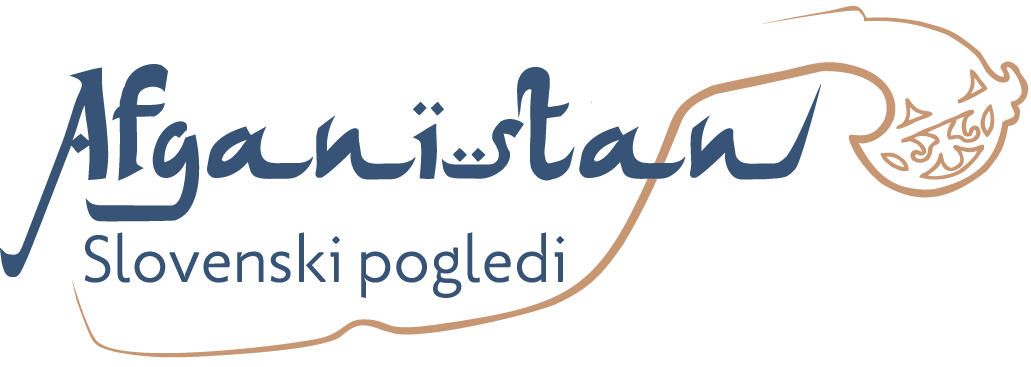Exhibition: "Afghanistan-Slovene Views" | Slovenia
 The Slovene Ethnographic Museum, Ljubljana, an ASEMUS member, presents an exhibition entitled "Afghanistan-Slovene Views", which can be visited until 30 March 2018.
The exhibition opens up new views of the land of Afghanistan, its rich cultural history and heritage, although the decades of conflict that began in the late 1970s have dramatically reshaped its cultural landscape and affected its people. "Afghanistan-Slovene Views" has been prepared by Ralf Čeplak Mencin, MA, the curator for Asia, Oceania and Australia at the Slovene Ethnographic Museum
The stories of more than twenty Slovenes who travelled in Afghanistan in the early 1960s when it was still a peaceful, open country and others who visited later, right up until today, are presented in the exhibition through photographs, memories and objects from their private collections.
The almost 400 exhibited items include a collection of objects testifying to the different cultural traditions in Afghanistan in the 19th and 20th centuries, borrowed from t
The Slovene Ethnographic Museum, Ljubljana, an ASEMUS member, presents an exhibition entitled "Afghanistan-Slovene Views", which can be visited until 30 March 2018.
The exhibition opens up new views of the land of Afghanistan, its rich cultural history and heritage, although the decades of conflict that began in the late 1970s have dramatically reshaped its cultural landscape and affected its people. "Afghanistan-Slovene Views" has been prepared by Ralf Čeplak Mencin, MA, the curator for Asia, Oceania and Australia at the Slovene Ethnographic Museum
The stories of more than twenty Slovenes who travelled in Afghanistan in the early 1960s when it was still a peaceful, open country and others who visited later, right up until today, are presented in the exhibition through photographs, memories and objects from their private collections.
The almost 400 exhibited items include a collection of objects testifying to the different cultural traditions in Afghanistan in the 19th and 20th centuries, borrowed from t he Asia and Pacific Museum in Warsaw, also an ASEMUS member. These include musical instruments, clothes and head coverings, jewellery, weapons, carpets and paintings.
The visitors' attention is drawn to the refugee crisis and the need for a return to a more humane future by the Eva Petrič installation No Borders and by the tent and objects collected at the Idomeni refugee centre on the Greek-Macedonian border in the spring of 2016. A special experience will also be offered by the artistic sound installation Songs of Inexistence created by Hanna Preuss.
The Slovene Ethnographic Museum, founded in 1923, is the national museum of ethnology in Slovenia, the oldest institution of ethnology in the country. The museum holds collections of national, European and international significance, testifying particularly to the traditional culture in territories inhabited by Slovenes as well as to everyday life, especially of the rural population. It also holds collections from several Asian countries and has long been a member of ASEMUS.
For additional information about "Afghanistan-Slovene Views", please visit https://www.etno-muzej.si/en/razstave/afghanistan-slovene-views
he Asia and Pacific Museum in Warsaw, also an ASEMUS member. These include musical instruments, clothes and head coverings, jewellery, weapons, carpets and paintings.
The visitors' attention is drawn to the refugee crisis and the need for a return to a more humane future by the Eva Petrič installation No Borders and by the tent and objects collected at the Idomeni refugee centre on the Greek-Macedonian border in the spring of 2016. A special experience will also be offered by the artistic sound installation Songs of Inexistence created by Hanna Preuss.
The Slovene Ethnographic Museum, founded in 1923, is the national museum of ethnology in Slovenia, the oldest institution of ethnology in the country. The museum holds collections of national, European and international significance, testifying particularly to the traditional culture in territories inhabited by Slovenes as well as to everyday life, especially of the rural population. It also holds collections from several Asian countries and has long been a member of ASEMUS.
For additional information about "Afghanistan-Slovene Views", please visit https://www.etno-muzej.si/en/razstave/afghanistan-slovene-views
Similar content
posted on
02 Mar 2012
02 Oct 2019
posted on
26 Feb 2012
posted on
30 Nov 2011
04 Dec 2014
